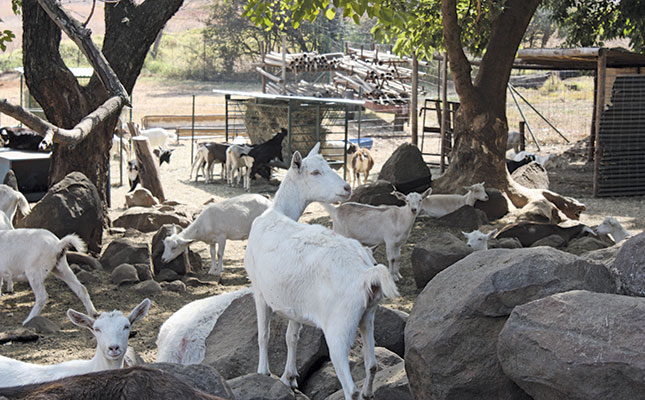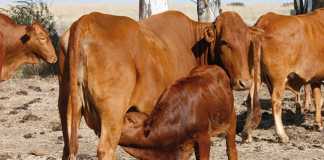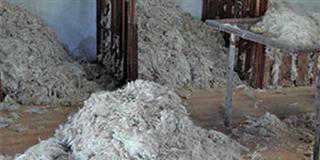
Because it occurs on a large scale every year, habitual abortion is one of the most important threats to the goat industry. On some farms, up to 50% of the goats may have aborted in the past.
Habitual abortion is caused by chronic overactivity of the doe’s adrenal cortex. It is closely associated with stress abortion, which is usually due to feed disturbance, causing blood sugar levels to drop.
READ Rift Valley Fever in sheep and goats
In feed-stress abortions, apparently normal, well-developed kids are expelled after the 90th day of pregnancy.
Abortion due to the doe’s overactive adrenal cortex shows signs of oedema (unnatural collection of fluid) in the foetus. The heart rate is slow and heart failure occurs.
There are two ways of bringing the problem under control: cull habitual aborters and avoid selecting for excessive quantities of fine hair. The latter could lead to increased susceptibility to abortions.
To control stress abortions, provide good quality feed of the required quality to gestating does.
Sources: Mohale, D. ‘Abortions and causes of death in newborn sheep and goats’. (ARC-Onderstepoort Veterinary Institute); Weyer, J et al. 2013. ‘Human cases of Wesselsbron Disease, South Africa 2010-2011’. Vector-Borne and Zoonotic Diseases. 13[5].
Wesselsbron disease in sheep
Wesselsbron disease is caused by a virus transmitted by mosquitoes. It affects mainly sheep and goats, causing abortions in gestating animals and the death of young lambs and kids. Humans can contract the disease when handling infected carcasses.
This disease often occurs together with Rift Valley fever (RVF). The first known outbreak was in 1955 on a sheep farm near Wesselsbron in the Free State after an increase in lamb deaths and ewe abortions. As the flock had been vaccinated two weeks before for RVF, the vaccine was assumed to be the culprit.
The Wesselsbron virus was isolated only after the examination of a dead lamb’s liver and brain. The only sign is a mild temperature. Ewes and does produce dead offspring without being sick themselves. At this stage, no preventive vaccine is available.













